
Hoang Lien - Van Ban Nature Reserve (hereinafter referred to as the Reserve) has a natural area of over 24,600 hectares, divided into three distinct functional areas: a strictly protected area of over 19,000 hectares, an ecological restoration area of over 5,100 hectares and an administrative - service area of about 500 hectares.
This demarcation helps preserve the core biodiversity zone, while creating space for controlled research, restoration and ecotourism activities.

The forest ecosystem in the Reserve is characterized by subtropical, high mountain forests, with steep slopes and a common altitude of 1,200 to 2,000m, creating favorable conditions for biological diversity and endemism.
According to the survey results, the Reserve currently has 1,487 species of vascular plants, belonging to 747 genera and 179 families. In particular, the magnolia branch, an ancient group of flowering plants, accounts for more than 1,300 species, reflecting the longevity and uniqueness of the special-use forest ecosystem.
Many rare species of trees such as po mu, nghien, gu huong, hoang lien chan ga, lan kim tuyen are recorded in the Vietnam Red Book and the World Red List. Particularly, the Taiwan cypress - a heritage tree species in danger of extinction, currently has more than 100 individuals, only found in this Conservation Area.

No less rich is the fauna with 486 species belonging to 89 families, including 60 species of mammals, 310 species of birds, and many rare species of reptiles and amphibians such as the black gibbon, Tam Dao toadfish, northern civet, black-backed tree-climbing bird... The Reserve is also recognized as one of the 63 most important bird areas in Vietnam.
In order to strengthen the scientific basis for long-term conservation, the Conservation Area has proactively coordinated with prestigious research institutes to implement many specialized topics. In 2023 - 2024, the unit and the Institute of Medicinal Materials will implement a project to investigate and conserve endemic medicinal plant genetic resources in the Northwest highlands. The results recorded 146 medicinal plant species, including 17 rare species and 8 species, 1 new addition to the Vietnamese flora. This is a valuable contribution to the national database on biological resources.

In addition, the unit also cooperated with the Institute of Ecology and Biological Resources to conduct surveys of tropical humid forests, discovering many species of the chestnut and begonia families... Cooperating with the Institute of Biology (Vietnam Academy of Science and Technology) to deploy camera traps to record many rare animals such as white pheasants, golden cash chickens, zebra civets...
This result not only has scientific significance, but also practically serves the work of mapping species distribution, orienting ecotourism development and environmental education.

Along with that, communication work and raising community awareness are also of interest. The electronic information portal of the Reserve was built and operated to promote the image and biodiversity here, attracting nearly 30,000 visits/year, becoming a reliable address providing scientific data, images and knowledge on biological conservation for students, researchers and tourists.

Currently, the Hoang Lien - Van Ban Nature Reserve Management Board is implementing the installation of tree name signs on patrol routes combined with ecotourism. This is a step to connect conservation with education, responsible tourism and community livelihoods, the direction of sustainable development is being prioritized.


However, conservation work still faces many challenges, because the forest protection force is still weak, community awareness is not uniform, and alternative livelihood models are not really effective. Illegal logging and wildlife hunting still occur sporadically, while the impact of climate change is increasingly evident, putting great pressure on the forest ecosystem.

With the role of maintaining the “green lung” and precious biodiversity treasure of the Northwest region, the Reserve plays an important role in protecting the environment, opening up opportunities for sustainable livelihood development, ecotourism associated with environmental education. In the coming time, the Reserve will increase investment in resources, promote the application of science and technology and enhance the role of local communities in forest preservation and sustainable nature conservation.
Source: https://baolaocai.vn/bao-ton-da-dang-sinh-hoc-o-khu-bao-ton-thien-nhien-hoang-lien-van-ban-post648851.html




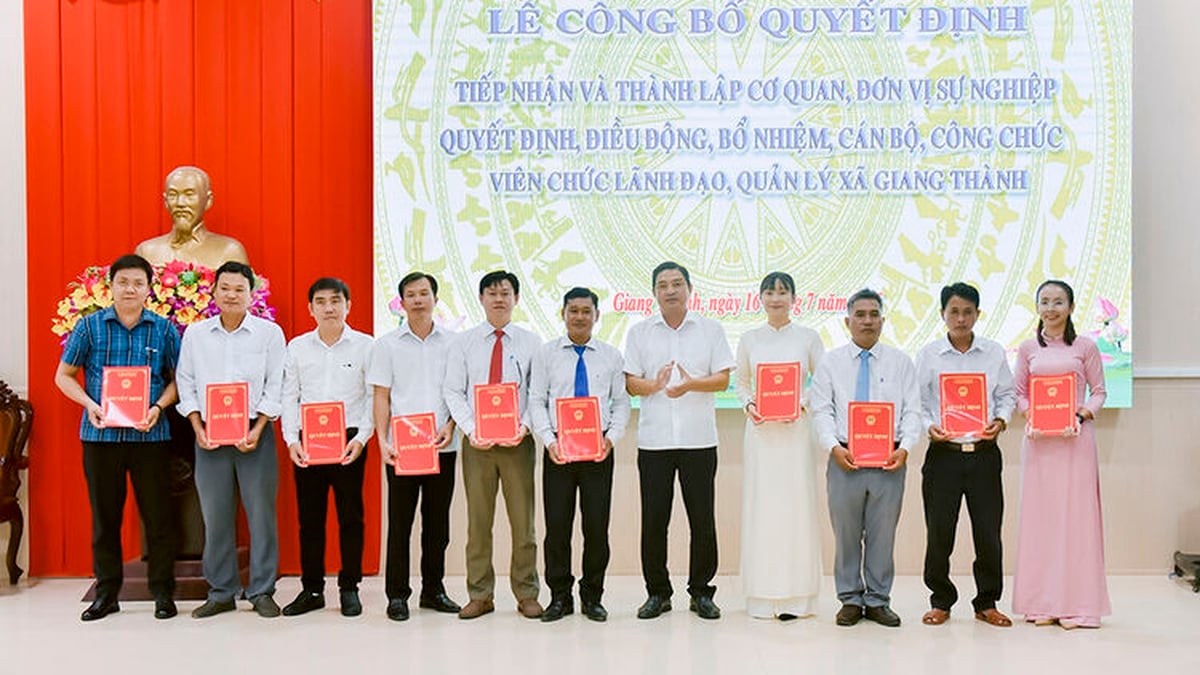
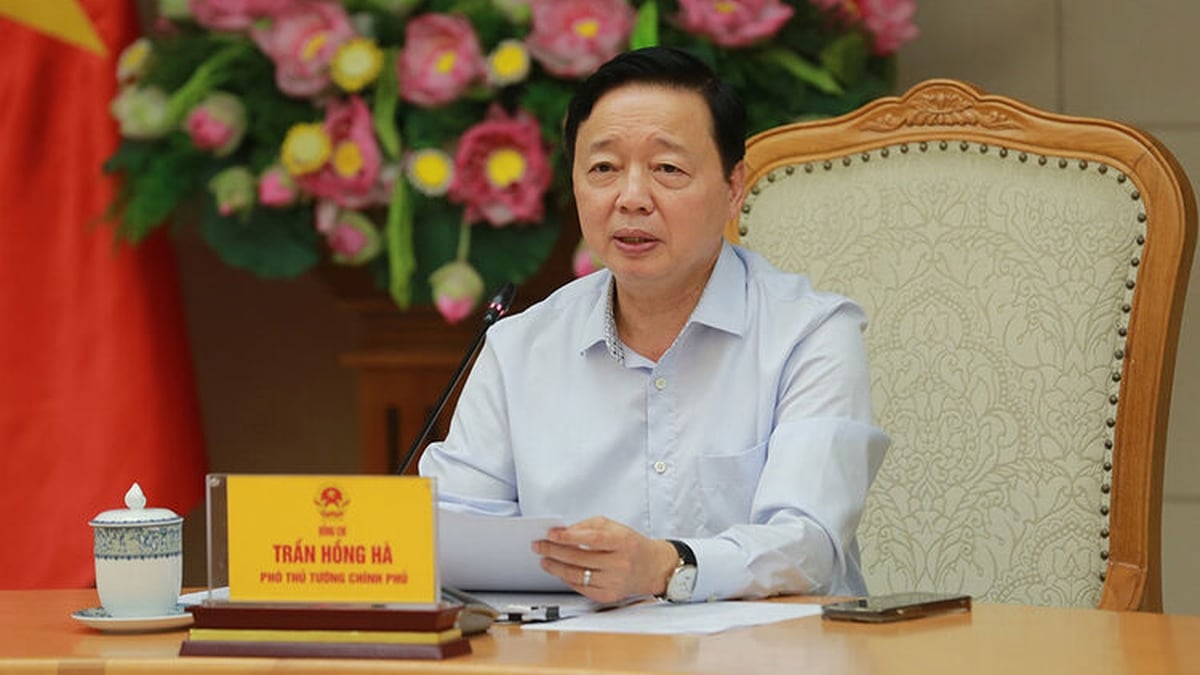
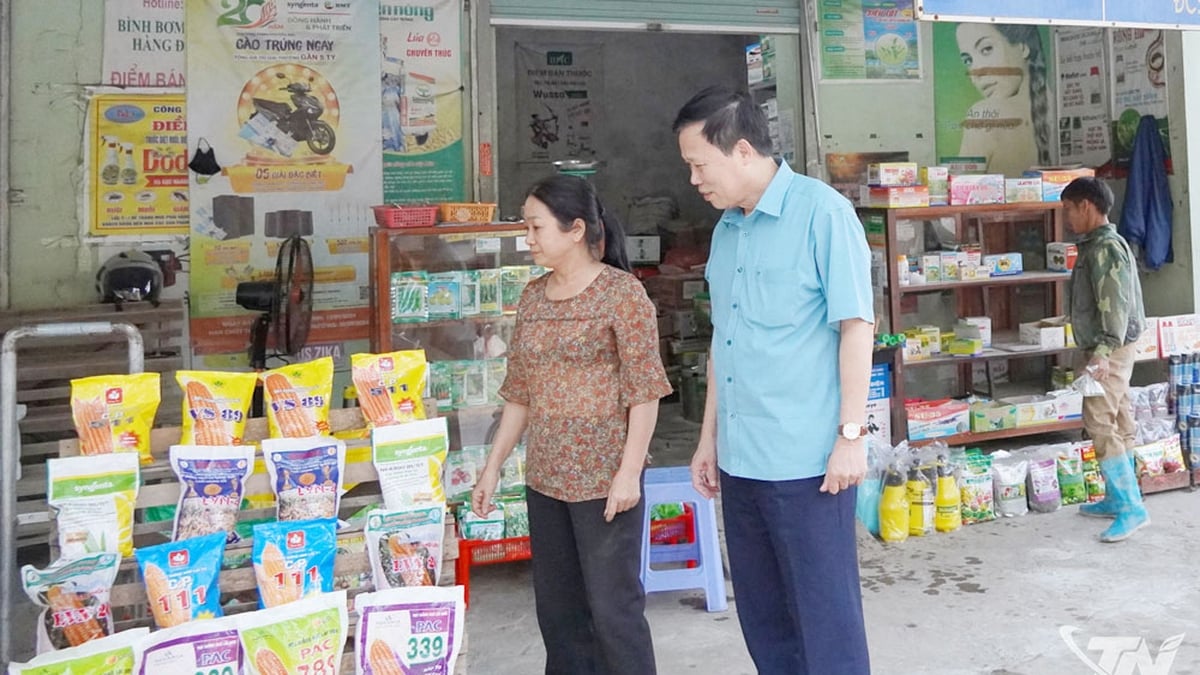


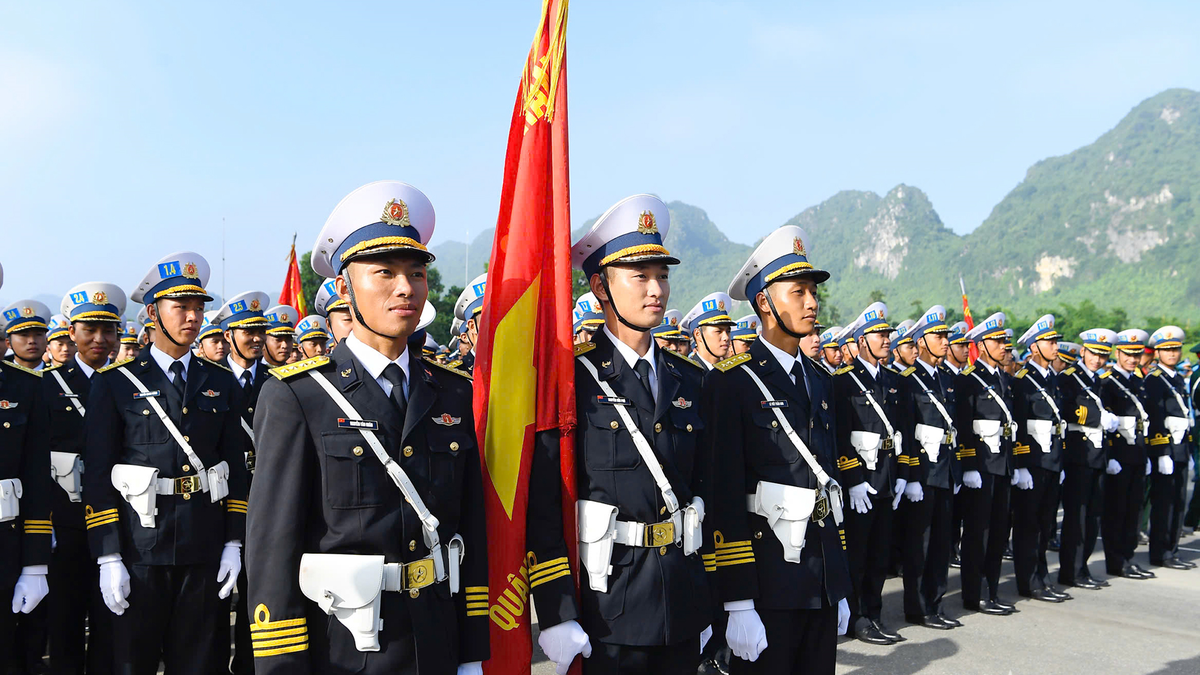











































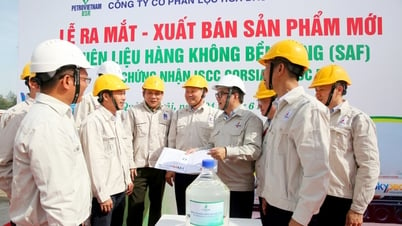



![[Maritime News] More than 80% of global container shipping capacity is in the hands of MSC and major shipping alliances](https://vphoto.vietnam.vn/thumb/402x226/vietnam/resource/IMAGE/2025/7/16/6b4d586c984b4cbf8c5680352b9eaeb0)



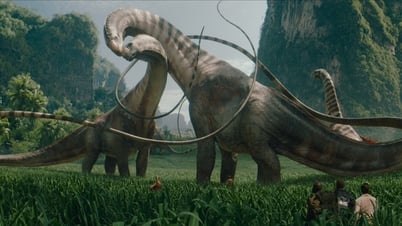

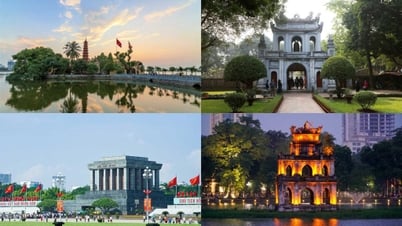

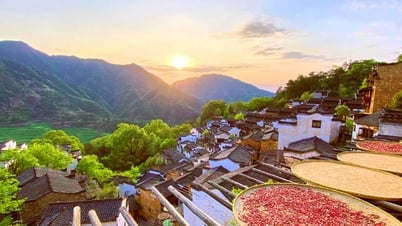



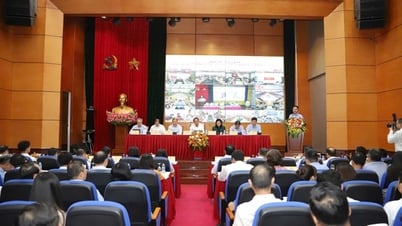

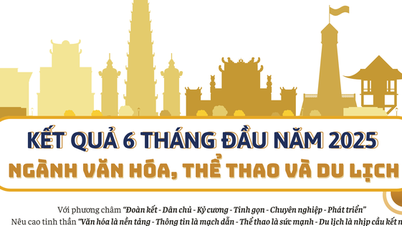




























Comment (0)